I recently bought up the GRiiix (directly from Ricoh). I wasn’t sure what to expect. I initially got into photography with a sort of “snapshot” ethos. Part of my artistic process has always been exploration. Sometimes you have to let a story take you somewhere, even if the outline says it shouldn’t. The same goes for photography.

I hadn’t seriously used a point and shoot camera since 2007, and the technology had changed a lot since then. The addition of IBIS and a full APS-C sensor in a camera that isn’t meaningfully larger than the Canon point and shoot I used back in 2007 is a game-changer. The image quality is exactly what I was hoping for, with full RAW support and well considered lens and sensor matching.
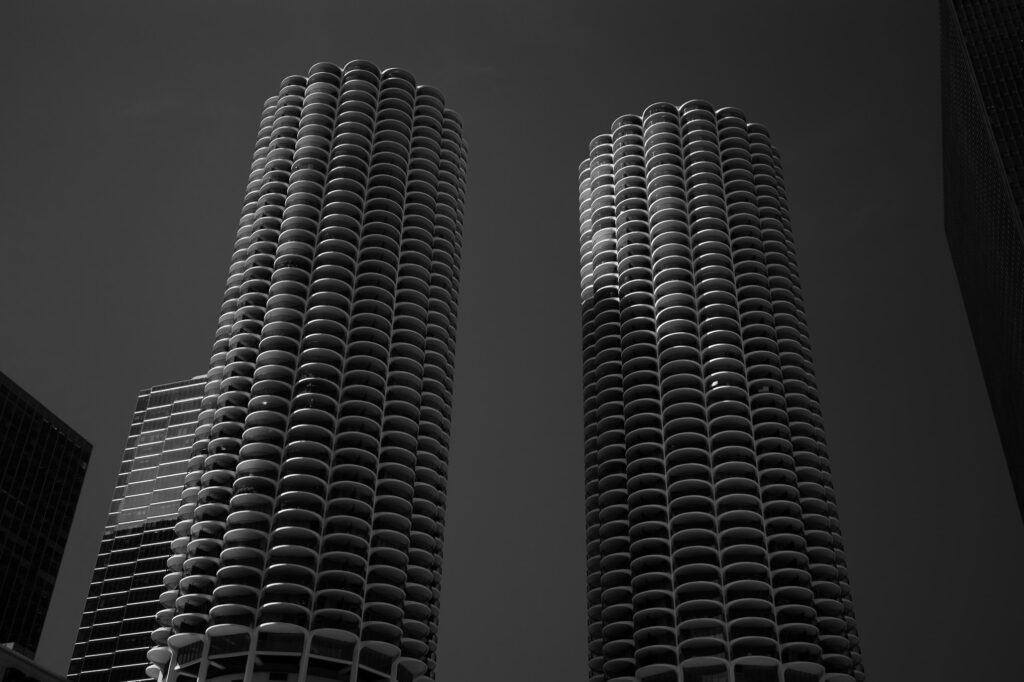
A lot of people buy this camera with the intention of using it for JPEG shooting. They like the detailed recipes you can input, or use the default ones which are included. That simply isn’t how I use cameras anymore, and there was no way I was going to miss out on the fantastic shadow recovery and exposure latitude afforded with this sensor. Fortunately for me, Lightroom now includes many of the most popular built-in recipes as profiles. I processed many of the images here using those profiles (mostly Positive Film).
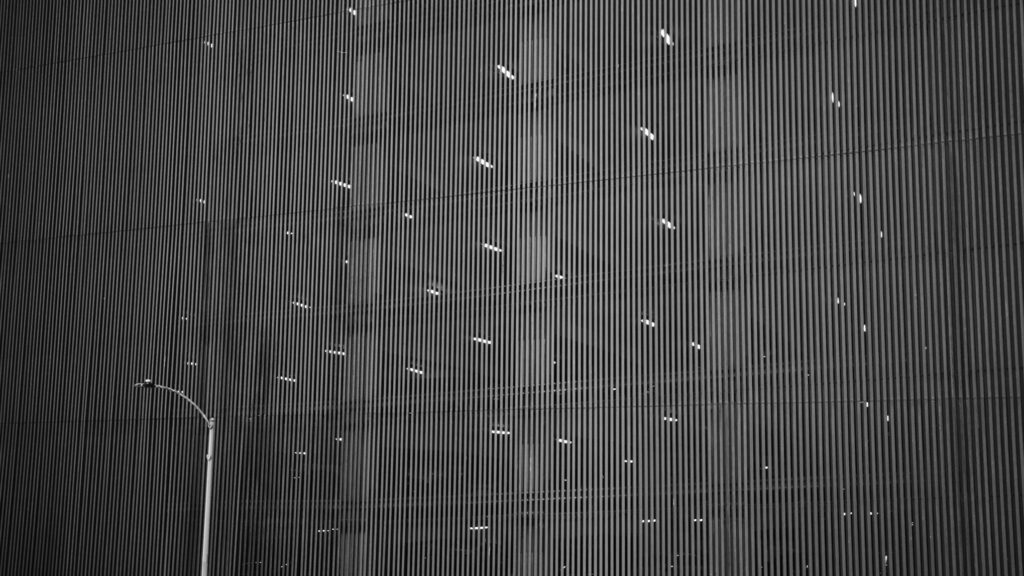
I really like the results. The above shot shot really exemplifies how sharp the lens looks with minimal editing and f/8.
I was initially worried that I would be put off by not having an optical viewfinder. Previous to picking up the Ricoh, my main travel camera was the Leica M240, which has a very nice optical rangefinder. I shouldn’t have worried so much, since my other primary photographic tool has been a phone. The shooting experience is better than a phone, but a lot of things feel as if they “just work” with it. Tapping on the screen sets the focus point for the upcoming half-press of the shutter button, for instance. I did, a few times, catch myself trying to tap-and-drag to set exposure as I do on the iPhone, but I got over that pretty fast.
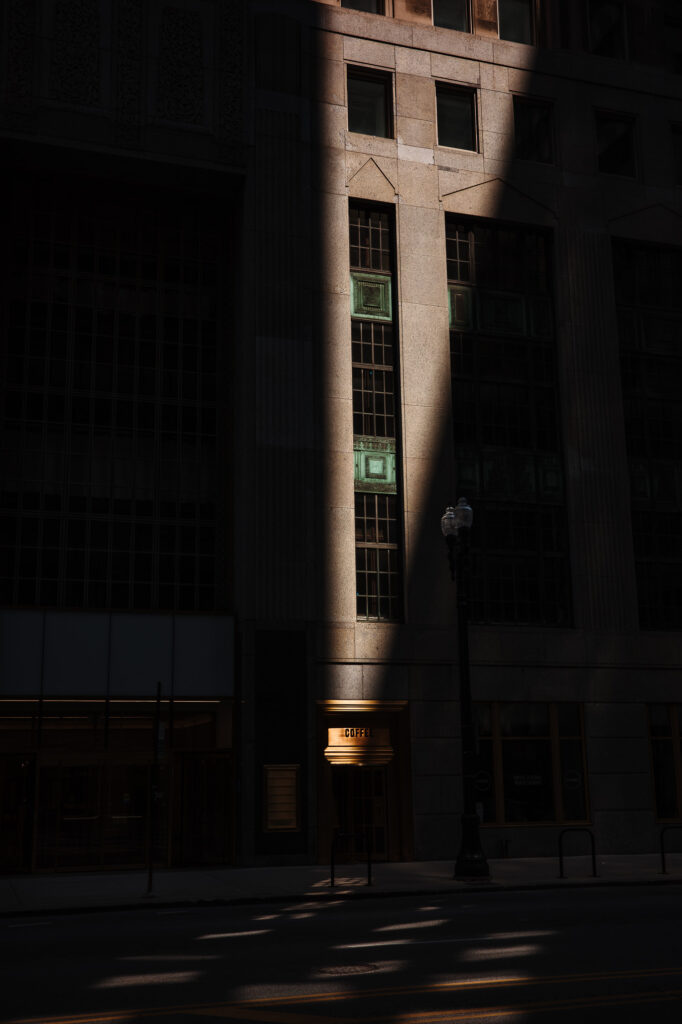
While I didn’t have any trouble with the autofocus when used in well lit conditions, it does struggle in low light. Sometimes a lot. I don’t think it ever prevented me from getting a shot, but it was something I did find myself fighting the camera on. One weird quibble I have with the default focus mode is that it seems to prioritize objects in the near distance, even if the center of the frame is on something farther. I would understand this if it were trying to focus on people, but the number of times the default focus point was a random shrub was fairly high. It seems to especially pick things in the bottom third of the sensor, when held in landscape orientation.
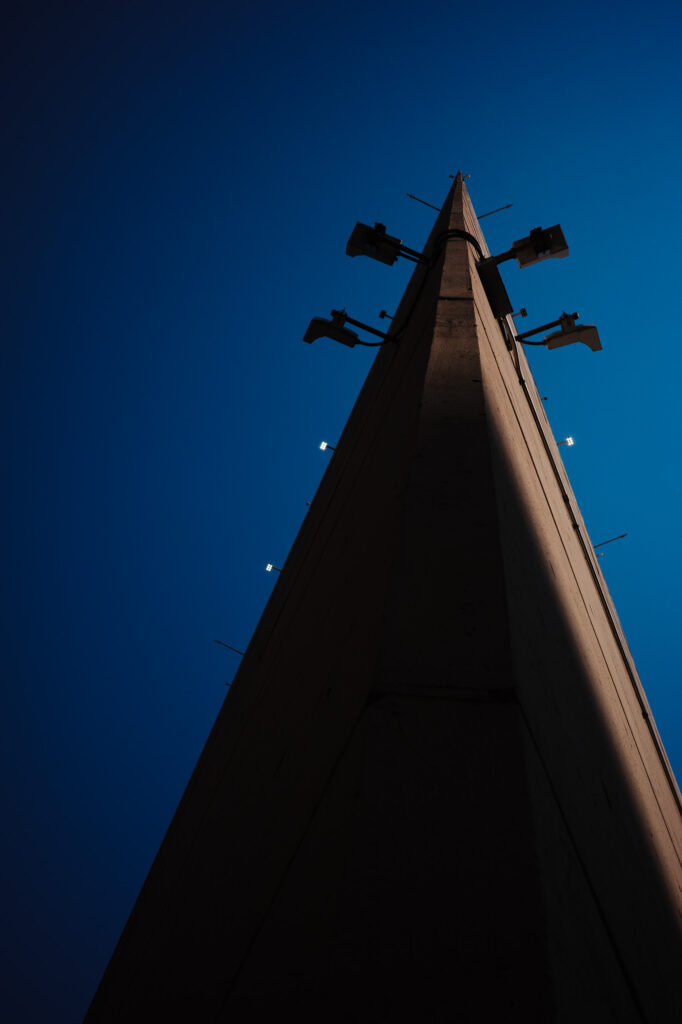
Highlight-priority metering is a feature I hadn’t experienced on any of my cameras before. Admittedly that is because I mostly use manual cameras and the positively ancient 5Diii. It wasn’t always the best choice, but once I mapped the function button on the back to let me switch to it quickly I found that there were a lot of instances where it got exactly what I wanted. Highlight priority metering and the great shadow recovery of the camera really work well together.
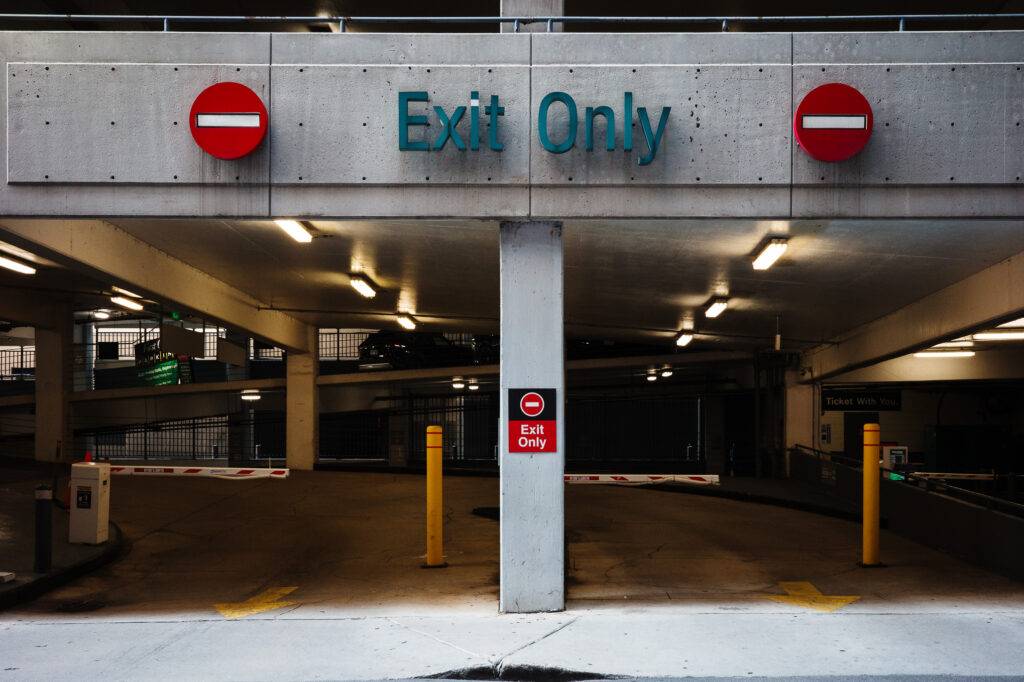
The mode dial on the top behaves as you would expect. The camera remembers each mode’s settings and returns to them if you switch away and then back. So, for instance, I could set aperture priority mode to f/8 and whenever I wanted a wide depth of field I could swap from the surprisingly fine Program mode to Aperture Priority and it was ready to go, exactly as I expected.
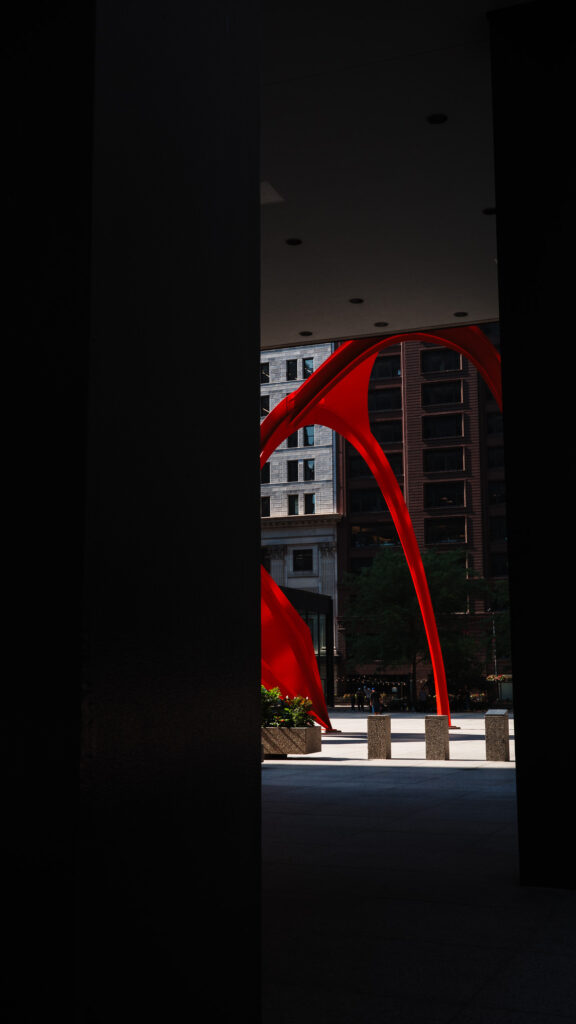
One of the things people talk about with this camera is the snap-focus mode. I spent some time learning how it worked, and found that I didn’t really have the range finding ability that might have made it useful. I’m not a zone-focuser on my Leica and I apparently am not on the Ricoh either. That said, once I learned that at f/9 and a focus distance of 3.5m the camera was hyperlocal, I found myself using it a lot more. I might not be able to judge when something is 3.5m away, but I can tell when I want everything from “about that other curb” to infinity in focus. In those situations you don’t even have to wait for the camera to focus, just press the shutter all the way and keep walking.
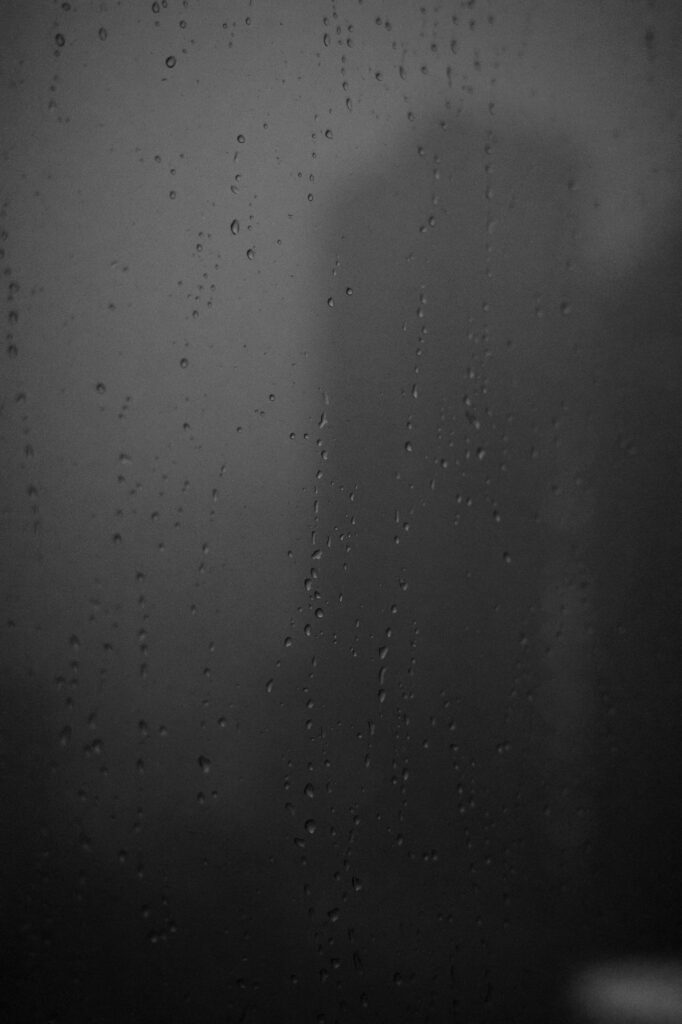
The low light performance is pretty good. And if you don’t mind some noise you can really push the camera a long way.
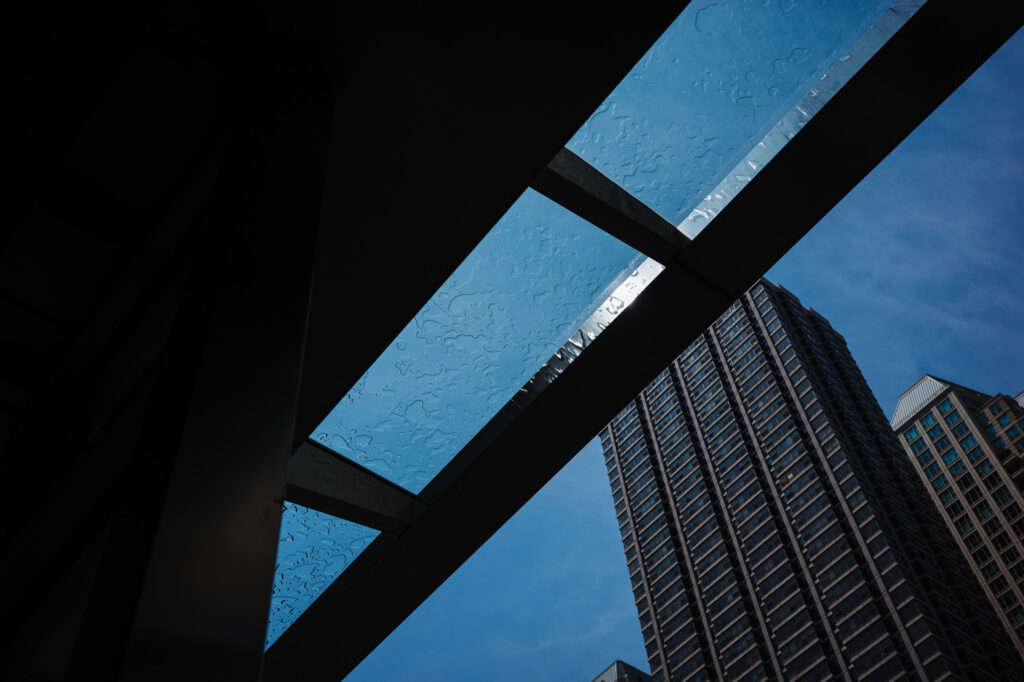
I had a lot of fun with this camera. Partially because I never had to think about it too much. It was easier to use than my phone. I skipped the cross-body strap I usually favor for cameras and used only a wrist strap with the GR. It was perfect. The camera tucked into the palm of my hand. It only takes about half a second to power on and be ready to shoot. I could keep the camera in my hand, powered down, and the moment I saw something I wanted to photograph I could hit the power and know it would be ready before I finished raising my arm.
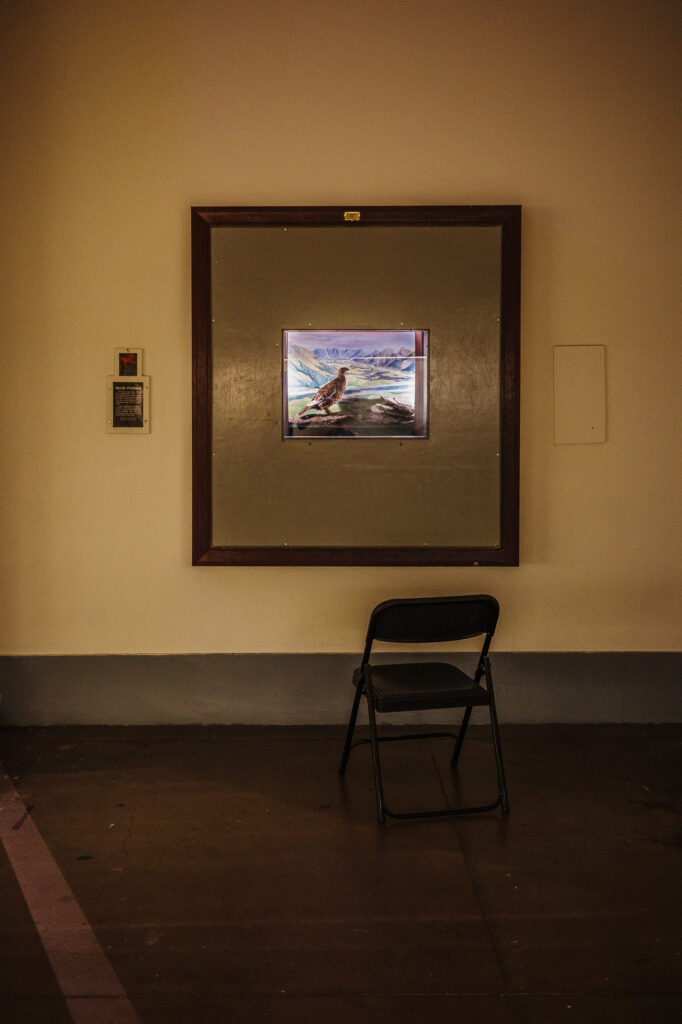
Do I think the larger sensor on the M240 is occasionally better? Probably! But I mostly don’t care, they are different tools for different situations. That said, I’d love it if Leica made a 40mm digital Minilux. If anyone at Leica ever reads this, please make it, you have one sale pretty much set.
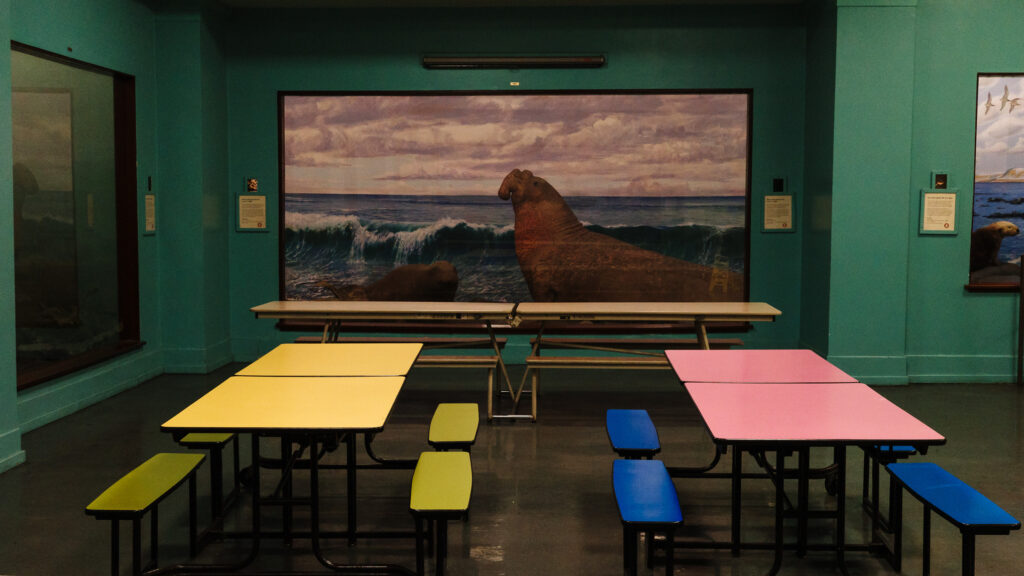
There are some flaws with the GRiiix, but there are flaws with every camera I’ve ever used. I don’t mind them so much, given how the camera wants to be used. It’s a snapshot camera, and I’m a snapshot photographer at heart.
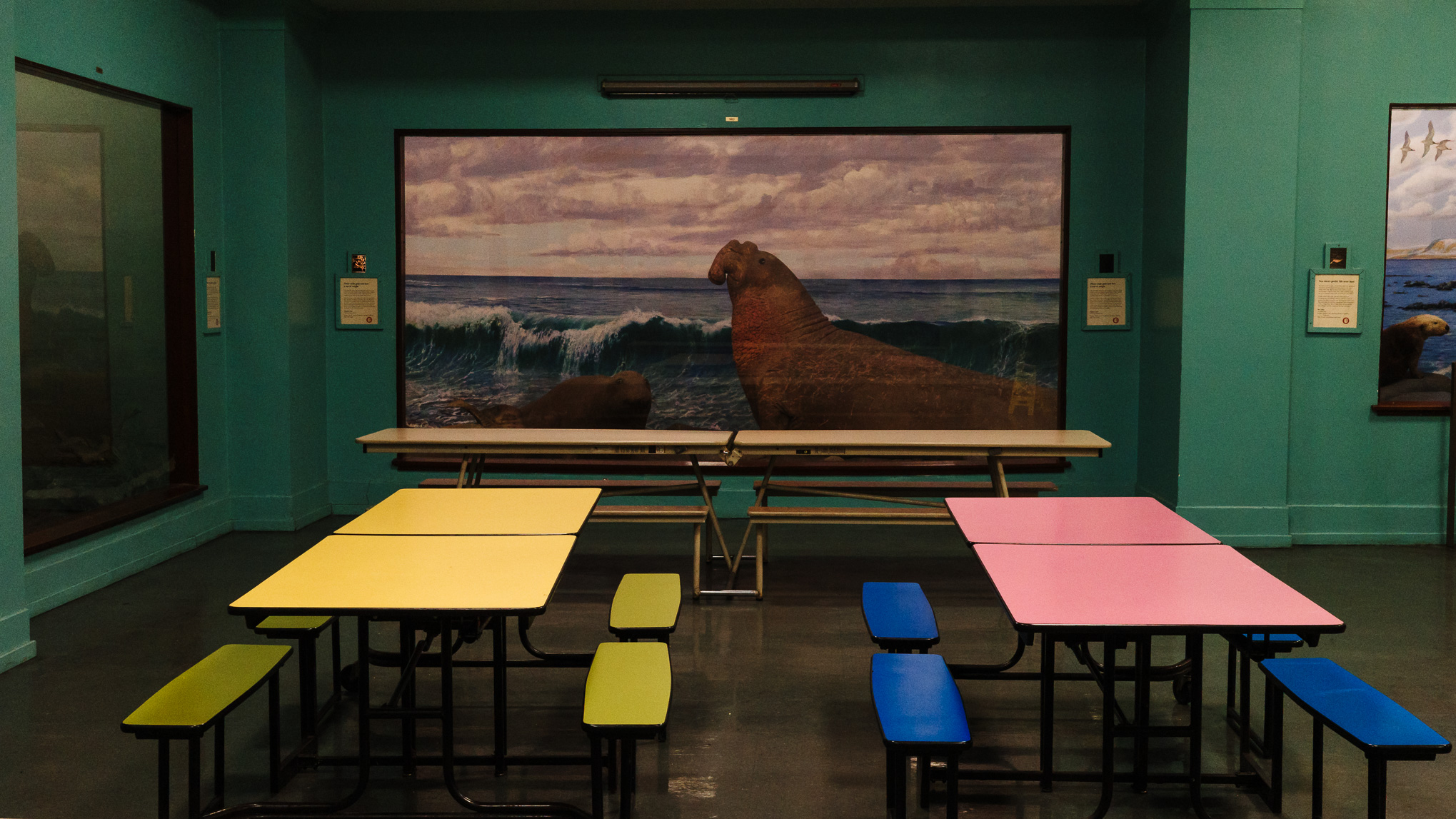
Leave a Reply